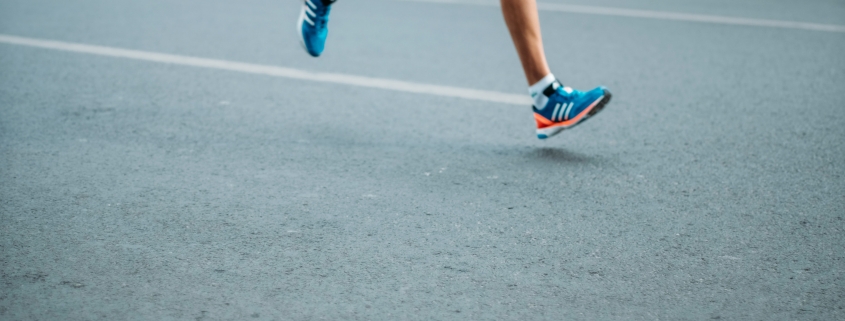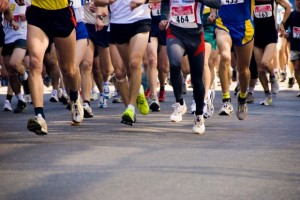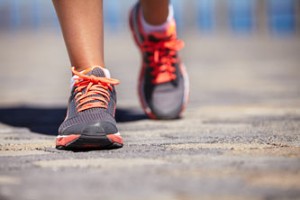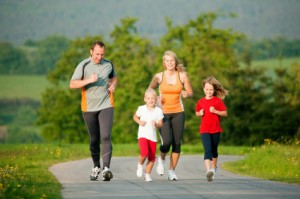Like many of you during the pandemic, I have been running during COVID-19 as my primary mode of exercise. Over the last few months, I have come to a few realizations as follows:
Number One: Running is Hard
While running during COVID-19 can help relieve mental and emotional stress, running puts a lot of strain on the muscles of the lower leg and hips making it easy to spill into a state of overuse. Whether it’s a developing Achilles pain, plantar fascia pain, or knee pain, they all indicate that the individual is not tolerating the volume or intensity of running and/or that there may be biomechanical faults in their running gait. Running is also hard because it hurts. It requires developing comfort with being uncomfortable often over a long period of time. Because of the uncomfortable nature of running, it becomes very hard to gauge whether the pain in your body is an acceptable part of conditioning or if it’s something to worry about.
Number Two: Running Can be Incredibly Enjoyable
From tracking your progress and accomplishing time goals to the endorphin rush after a great run, there are many reasons why people can become addicted to running. Running is a great way to burn some calories and air out your lungs while requiring minimal equipment (just a good pair of shoes). Running can also be a way to make friends and gain a sense of community in the form of joining a running group.
“Running during COVID-19 is an excellent way to decompress and stay in shape.”
As a physiotherapist, I really enjoy working with aspiring, amateur, or competitive runners because they almost all come to treatment with the most important thing – motivation. All I have to do is help guide their running volume and help get them engaged in areas of their body that are perhaps lagging behind while helping them learn which pains in their body are okay and which ones are not. If you are experiencing any nagging aches or pains from running and want to get it resolved, feel free to book a physiotherapy appointment at the clinic. Happy trails!
In the video below see one of my favorite exercises for people experiencing knee pain from running. This exercise targets the gluteus medius in the lateral hip. Whether the pain is coming from your IT band or from your kneecap, it’s likely contributed by weakness in your gluteus medius. Give it a try!






 So, it’s been about 7 weeks since I began training with the Frontrunners marathon clinic for my first full marathon this October. I am still smiling. Still loving every minute. Still saying ‘Bring it on!’
So, it’s been about 7 weeks since I began training with the Frontrunners marathon clinic for my first full marathon this October. I am still smiling. Still loving every minute. Still saying ‘Bring it on!’